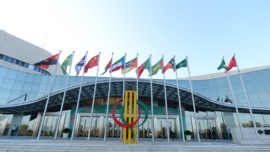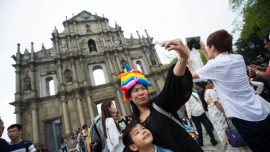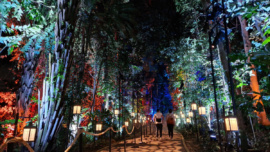Since the liberalisation of the gaming industry, Macau has been expanding its service-based economy. The more the gaming sector has incorporated the bulk of locally available human and urban resources – thereby increasing the demand for foreign labour and capital – the more the city has abandoned its already fading links with its manufacturing industries: textiles, toys and firecrackers, to name but a few.
Today, there is poignancy in rescuing the latter through some form of urban conservation initiative, and revival in generating small or medium entrepreneurial endeavours, such as the local garment stores which still proliferate in more traditional neighbourhoods.
In fact, because gambling in its ultimate corporate form – the Integrated Resort – is capital, material, and labour-intensive, and because it has so far generated attractive revenues, the sector has drained large amounts of Macau’s resources from other economic activities, thus manufacturing has nearly disappeared from the economic spreadsheet. Official statistics estimate that roughly 30 per cent of Macau’s population may be employed in casinos and related businesses such as hotels and restaurants. It also generates thousands of jobs, which would explain why the city’s economy has become so heavily service-driven.
If the gambling economy is such a great source of resources and income, why bother developing other sectors and activities? Because gambling remains a politically sensitive subject in China, which has made, and still makes, the city vulnerable to the oscillations of top-down political decisions and moral ideologies. The multiplication maths that link gambling to a spectrum of entertainment and leisure services, and an unrelenting government push to develop so-called cultural and creative industries, have started to slightly change the market profile.
Here the MSAR Government is thinking one step ahead. At least, in theory.
The service-based ‘creative city’ harnesses the cultural and social potential of activities that engage creativity, knowledge and information. In spite of all the recent hype, the now near-ubiquitous ‘cultural and creative’ tag attached to public endeavours intended to diversify the local economy actually embrace a range of good old businesses: publishing, cultural heritage, performing arts, architecture, design, music, advertising, and so on.
These are knowledge-based activities that should indeed be targeted for development through long-term educational strategies that are at the core of any comprehensive public policy seeking to increase the quality of a city’s cultural and human capital. The money is there, and political will seems to be invested.
So what could possibly go wrong?
























